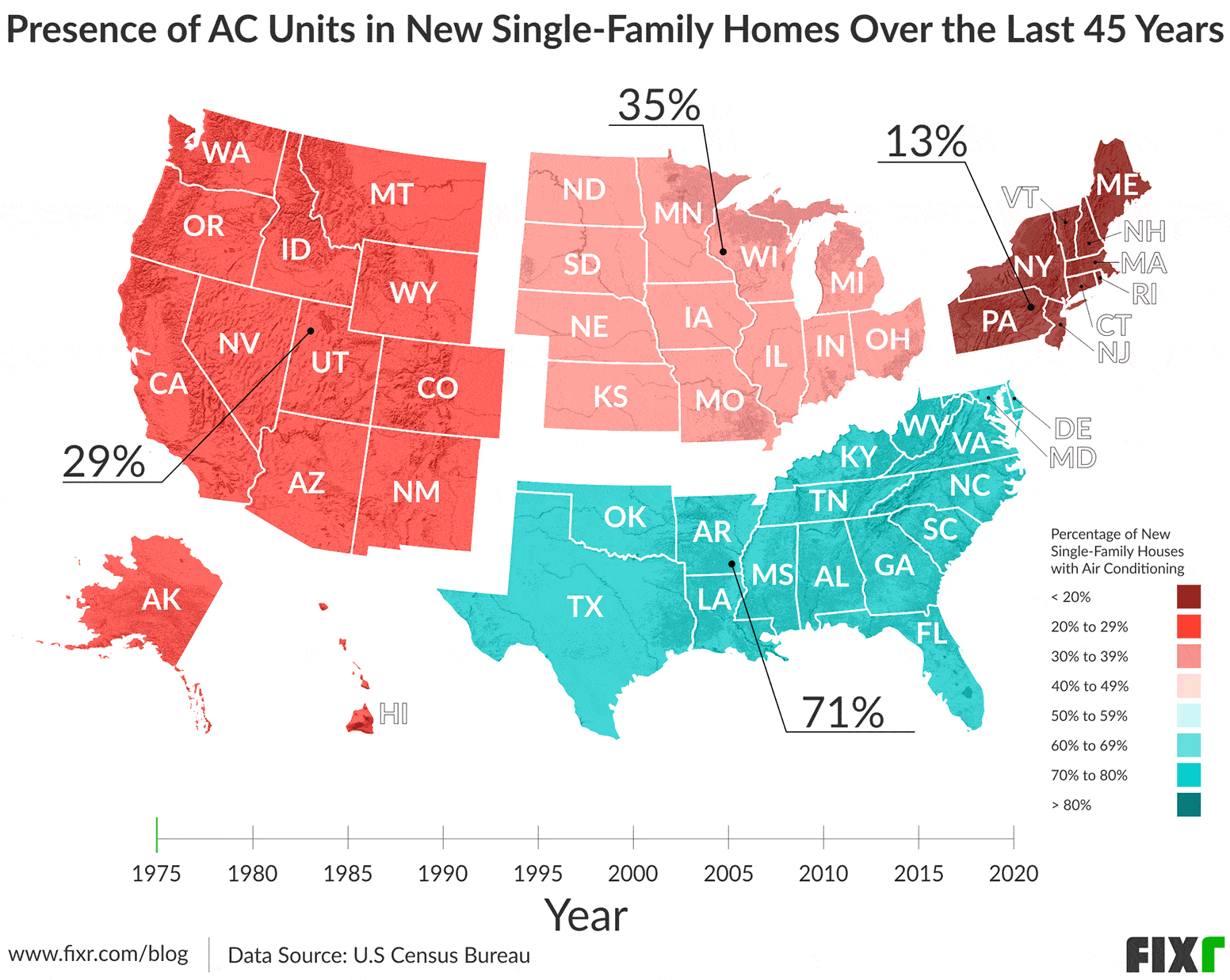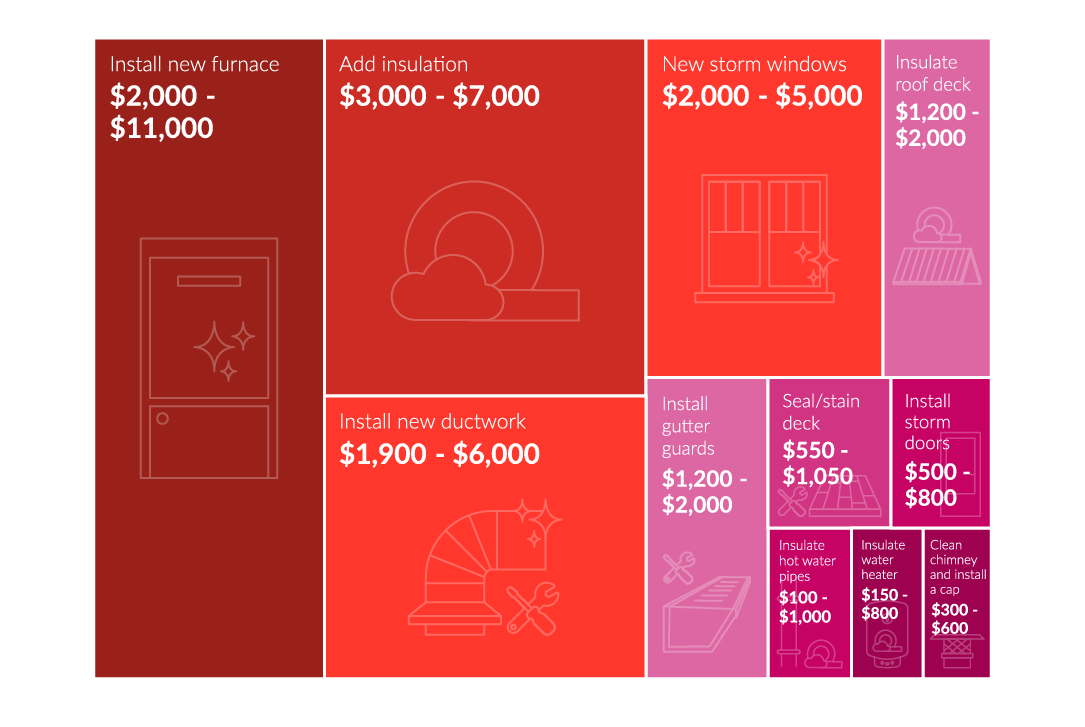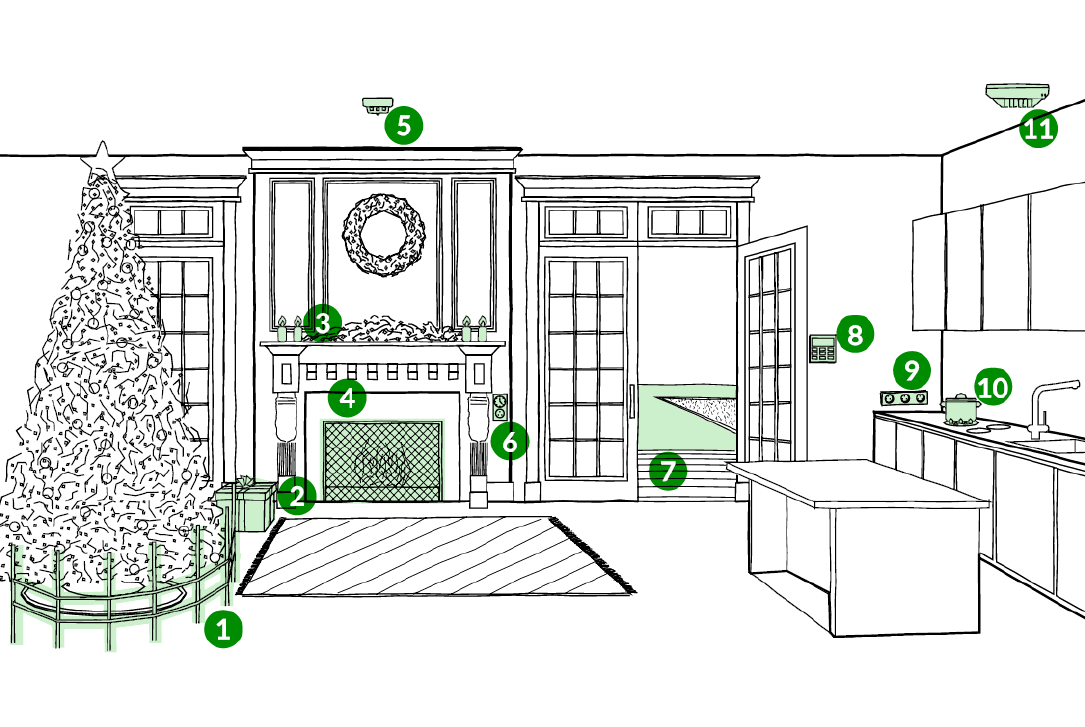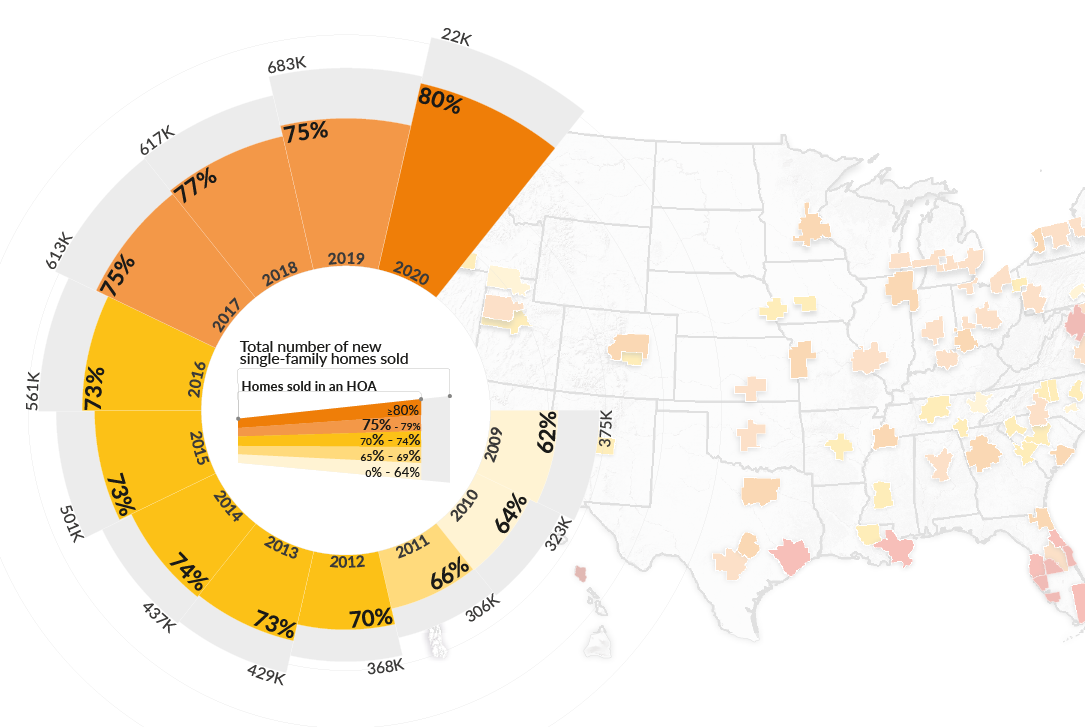Air conditioning took a bit of time to take off residentially, but by the year 1975 46% of homes in the US had AC installed. By 1980 that number had risen to 63%, and in the 40 years since then air conditioning has grown exponentially and is now present in a whopping 95% of homes in the US according to the most recent US Census.
Fixr.com has taken data from the US Census Bureau and created a graphic with an active timeline representing the growth of presence of AC units within single-family homes between 1975 and 2020. The darkest red color indicates a lack of air conditioning within the home while the darkest blue indicates the highest percentage of air conditioning being present.

As the timeline progresses, each region of the country reaches the darkest shade of blue at a different pace. The South has the fastest color change and reaches the darkest blue quickest, by 1990 (95%). The Midwest does not take off as fast as the South, but from 1982 onwards the percentage consistently increases and they ultimately reach the darkest blue color by 2017 at 95%. Both the West and Northeast grow consistently, but then slow down. The Northeast reaches its highest percentage of 89% in 2020, and the West 86% in the same year.
How Have American Houses Evolved?
Primitive air conditioning, using ice or snow and fans or a breeze to cool the air around oneself has been around for centuries; however, it wasn’t until 1902 when modern air conditioning technologies as we know them today began to emerge. These technologies were never intended to provide comfort; instead, they were developed for the sole purpose of controlling humidity for commercial industries. Like many inventions over the course of history, air conditioners brought along an unexpected and very welcome side effect - they cooled the surrounding air to a safe and comfortable temperature.
The first commercial air conditioners were far too large to fit inside a home and although the first room air conditioner was available in 1938, it was quite costly. At $416 ($7,525 in today’s dollars), not many could afford such a luxury.
1975 vs 2020: Lifestyle and Homes
Fast forward through several decades of innovation and by the late 1960s and heading in the 70s, new homes were being built with central air conditioning included, and window air conditioners were becoming more affordable than ever before.
Increased availability and affordability fueled population growth across the country in locations that were previously too hot to live year-round. People could now live comfortably in these areas with their newly installed air conditioning. Home design and architecture also expanded since the need to build for the climate was no longer a requirement. Hot climate homes featuring second stories and windows facing the sun could now have their temperatures mitigated with fresh conditioned air.
Today, the majority of newer homes have central air systems with ducts. Installing air conditioning costs between $3,500 and $12,000 on average and cools the entire home. Compared to the first residential unit installed in 1914, the prices have dropped dramatically. Those first units could cost between $10,000 and $50,000, which roughly amounts to $269,000 to $1.3 million today! For older homes that do not have ducts available, there are multiple options such as mini-split/ductless units, window units, portable units, and geothermal heat pumps. Each of these options have pros and cons in terms of how intrusive they are to the home’s decor, how well they cool multiple areas, how much energy they consume, and the cost of the initial investment for the unit and installation. This cost for a geothermal heat pump can range from about $9,000 to $30,000.
In current times, wealth and social status do not play into whether or not a household will have air conditioning present as much they did in the past. More affordable energy efficient options means that AC is an attainable feature for almost all homeowners across the nation.
What’s Different Across the Regions?
From the data we see that the South is the region with the highest inclusion of air conditioning in homes, both new and old. By 1975, over 70% of homes had air conditioning present in the Southern region of the country, and from 2004 until present day, air conditioning has been installed in 99-100% of homes. This is understandable considering the climate in the South is often hot, sunny, and humid. The introduction and growth of air conditioning in this region has even helped grow the economy as businesses that once had to close during summer months can now remain open year-round.
In stark contrast to the South, the Northeast had only 13% of homes with air conditioning in 1975 and still falling shy of the 90% mark in the present day (the last census indicates an 89% AC rate). Unlike the South, where the climate dictates the need for AC, the climate in the Northeast region is a bit more temperate. Each year, the Northeast region experiences cold winters and comfortable springs and autumns. Summers can be hot, but not nearly as hot as those in the South. July is the hottest month with the average temperature at 69 degrees Fahrenheit. Of course, there are some hotter days interspersed where temperatures, especially in the southern part of the region, can reach into the 90s, but in general, these heat waves do not last long and cooler, more comfortable conditions often return.
In 1975 the West and Midwest had rates 29% and 35% respectively. By 2003, the Midwest had surpassed the 90% mark (with 92%) and is currently holding at 97%; however, the West lags behind at only 86% per the latest census. Landlocked or desert-climate communities may not fare as well and require air conditioning to survive. Due to the vast geographic differences across the West, it may be that some areas simply don’t need or want air conditioning, thus keeping the rate lower than other areas of the country.
Pros and Cons of AC For Homeowners
Feeling Comfortable
No matter where in the country you reside, encountering a hot and humid day is uncomfortable. Being able to retreat to an air conditioned home in order to relax and take a breath of fresh, dehumidified air is certainly a major plus point of having AC.
Energy Efficiency
Being energy efficient is accomplished by determining which system meets your cooling needs while using the lowest amount of energy possible. For example, if you spend most of the day out of the home and only need air conditioning at night while sleeping, a window unit may be the most energy efficient option. Depending on the room size and recommended British Thermal Units (BTUs), a window AC unit costs approximately $60 to $700. If however; you want to cool your entire home, a central (if you have ducts) or a mini-split (if there are no ducts available) air conditioning system would be the best choice. Whichever system you opt for, be sure to look for an ENERGY STAR certification as that will help you save energy and money each year.
Maintenance Costs
Annual maintenance for air conditioners usually range between $100 and $150 and include an inspection, cleaning, and a tune-up. Forgoing these annual check-ups can be costly. Neglecting key issues when they first appear which are easy to fix leads to higher bills when it comes time for an emergency repair call. Additionally, if external units and internal filters aren’t cleaned and replaced regularly, they can lead to the growth of mold, which can exacerbate allergies and can actually create an indoor air environment that is more contaminated than if you hadn’t used the air conditioner at all.
Environmental Effects
Residential air conditioning use is not exactly environmentally friendly. With so many homes now having AC installed, it results in roughly 100 million tons of carbon dioxide being released into the atmosphere each year. These effects can be lessened by using air conditioning only when truly necessary versus out of habit all season long, setting a higher temperature to be cool enough to maintain comfort but not so cold to require layering up indoors, and opting for up to date units that have newer technology and ENERGY STAR ratings. A well insulated home will also mean the cool air generated won’t escape as easily, resulting in needing the AC system less.
The Evolution of AC in Homes Across the Nation
Air conditioning as we know it today was a happy side effect of the effort to establish humidity control in commercial industries. At first, only the wealthy could afford to air condition their homes due to the sheer size and exorbitant costs; however, as time passed, air conditioning eventually became available to almost everyone. Different regions of the US increased their use of air conditioning at different rates, and in regions such as the South, where growth was fast and steady, new opportunities became available in terms of building design and choosing where to live and work.




